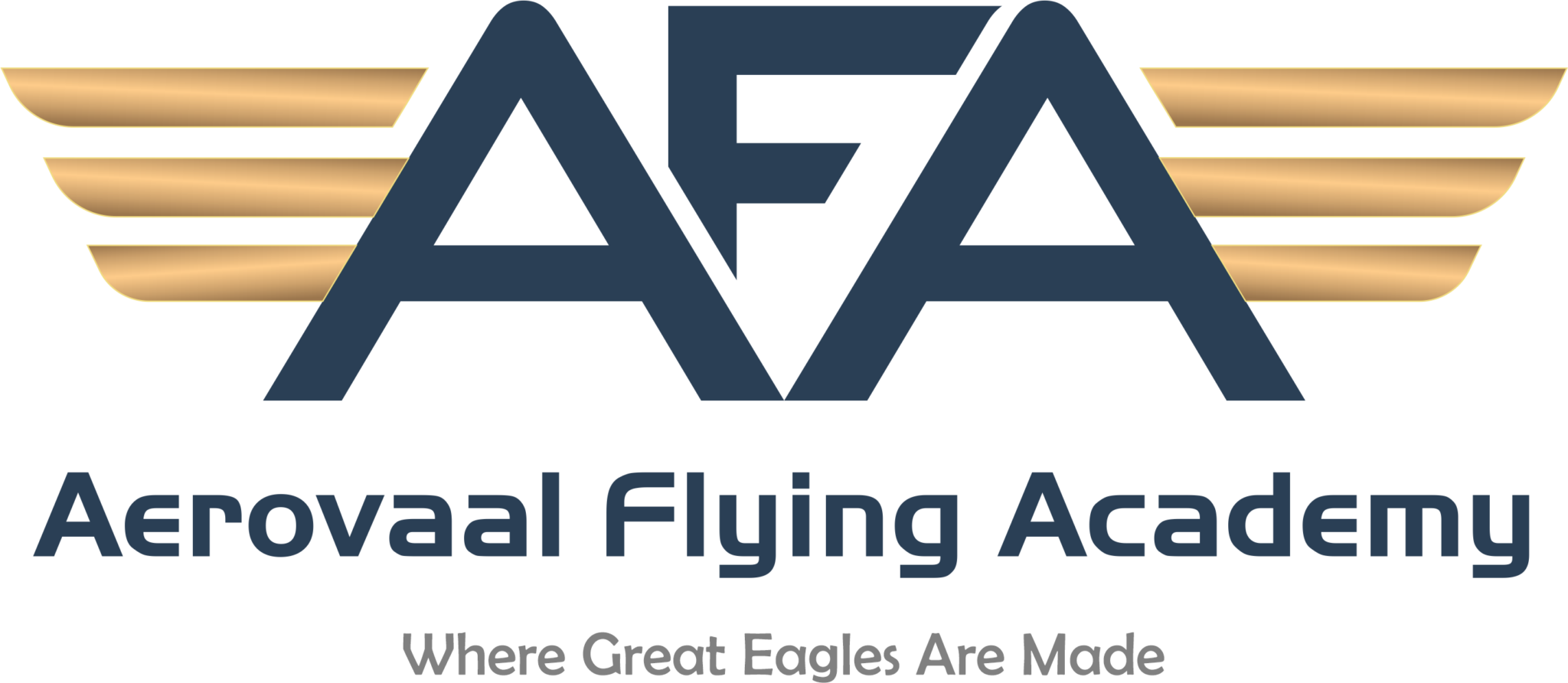Becoming a commercial pilot is a rewarding career path that involves rigorous training, experience, and dedication. Here’s an overview of what it takes to become a commercial pilot:
- Eligibility: To become a commercial pilot, you typically need to be at least 18 years old and hold a high school diploma or equivalent. Additionally, you must obtain a Class 1 medical certificate from an aviation medical examiner, demonstrating that you meet the physical and mental health requirements for piloting aircraft.
- Flight Training: Commercial pilots undergo extensive flight training to develop the necessary knowledge and skills. This includes completing a structured flight training program at a certified flight school or through a college aviation program. The training curriculum usually includes ground school instruction, flight simulator training, and actual flight hours in various conditions and aircraft types.
- Obtaining Licenses and Ratings: Commercial pilots must hold specific licenses and ratings issued by aviation authorities such as the Federal Aviation Administration (FAA) in the United States or the European Union Aviation Safety Agency (EASA) in Europe. These typically include:
- Private Pilot License (PPL): The first step is obtaining a PPL, which allows you to fly aircraft for non-commercial purposes.
- Instrument Rating: This rating allows pilots to fly in instrument meteorological conditions (IMC), relying on instruments rather than visual cues.
- Commercial Pilot License (CPL): The CPL allows pilots to fly aircraft for compensation or hire. It requires additional flight training and a minimum number of flight hours, including cross-country flights and night flying.
- Multi-Engine Rating: If you plan to fly multi-engine aircraft commercially, you’ll need to obtain a multi-engine rating, which involves training on aircraft with more than one engine.
- Airline Transport Pilot License (ATPL): While not always required for entry-level commercial pilot positions, the ATPL is the highest level of pilot certification and is necessary for serving as the captain of an airline aircraft.
- Building Flight Experience: Commercial pilots need to accumulate a significant amount of flight experience to qualify for employment with airlines or other commercial operators. This often involves working as a flight instructor, conducting aerial surveys, towing banners, or flying for small charter companies to build flight hours and gain experience in various operational environments.
- Passing Written and Practical Examinations: Throughout the training process, aspiring commercial pilots must pass written knowledge tests and practical flight exams administered by aviation authorities. These tests assess a pilot’s understanding of aviation regulations, procedures, navigation, aerodynamics, and other relevant subjects.
- Continuing Education and Training: Even after obtaining commercial pilot certification, pilots must undergo regular training and proficiency checks to maintain their licenses and stay updated on industry regulations and best practices.
- Job Search and Employment: Once licensed, commercial pilots can seek employment opportunities with airlines, cargo operators, charter companies, corporate flight departments, government agencies, and other aviation organizations. Job prospects and requirements vary depending on factors such as experience, qualifications, and market demand.
Overall, becoming a commercial pilot requires a significant investment of time, effort, and financial resources, but it offers the opportunity for a fulfilling career in aviation with various advancement opportunities.




